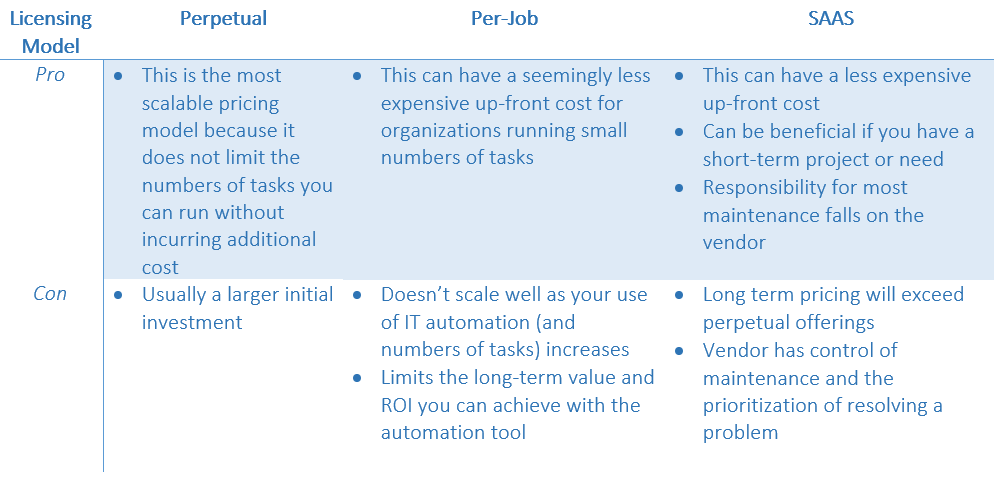Gartner: IT Technology Procurement Must Transform in 2018
New Gartner research predicts that 2018 Technology Procurement leaders will transform their approach to avoid pitfalls.

Transforming Your Approach to Technology Procurement
[Read our latest version of Gartner automation predictions for 2020.]
With 2017 coming to a close, Gartner has begun releasing predictions for 2018. This month, they published new research focusing on the role of technology procurement teams. CEOs, CIOs, CMOs, CTOs, and other CxOs must transform their approach to technology procurement to stay competitive in the age of digitalization.
To make a cost effective and business value producing decision, technology procurement leaders must invest more time in educating their procurement teams. Both leaders and teams must understand the problems the organization is facing and the potential business value of different technologies. 3 key findings and predictions in Gartner’s research support this:
- Technology procurement leaders have under-invested in the education of their teams in regards to technology.
- Technology procurement leaders must understand the implications that digital transformation will have on the business.
- The vendor ecosystem will continue to become more and more complex, and will require technology procurement teams to have more sophisticated, technical analytical skills to be able to contribute to business decision-making processes.
According to Gartner, by 2021, 55% of technology procurement staff will be facing a knowledge gap that will prevent them from properly understanding what solutions will drive business growth and innovation and how those solutions will do so.
Today, software vendors typically offer different pricing models for their solutions. These pricing models can be difficult to effectively evaluate for a procurement professional who might not have a clear understanding of the full usage, potential value, and future scalability of the technology. As an example, here are three common pricing models in the area of IT automation:

A skilled procurement professional who understands 1. the current IT environment and 2. the technology behind the solution (how it will be used, how it can grow, how it can integrate with the current environment, etc.) will take the game of chance out of buying. And in this example, weighing the needs of the organization against the available licensing models is essential to drive business growth at a rate that exceeds budget growth.







